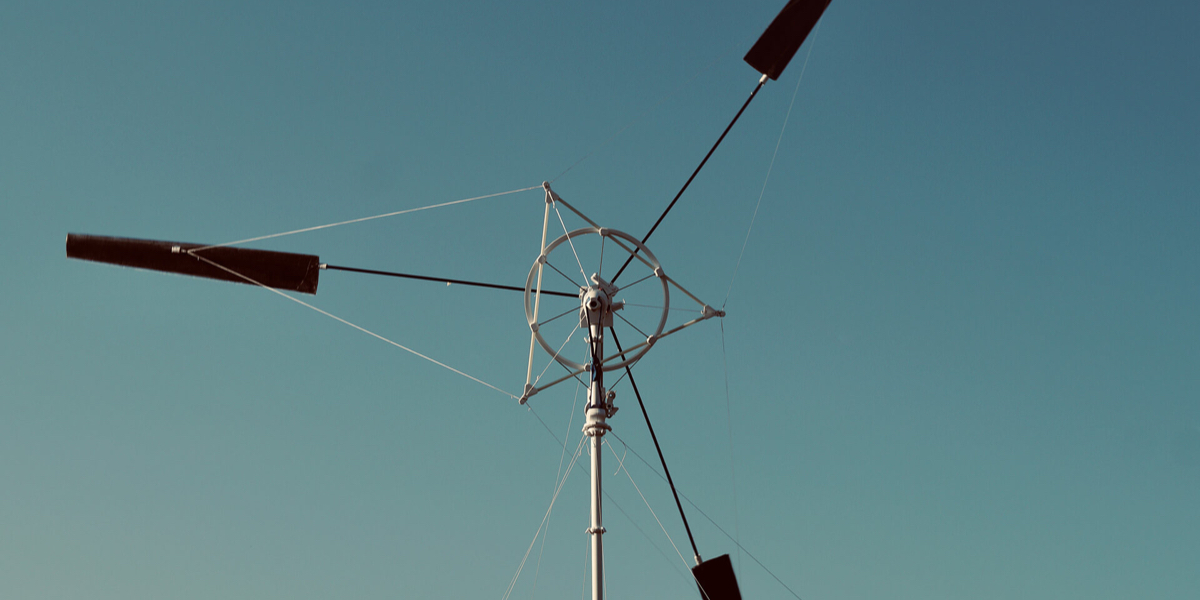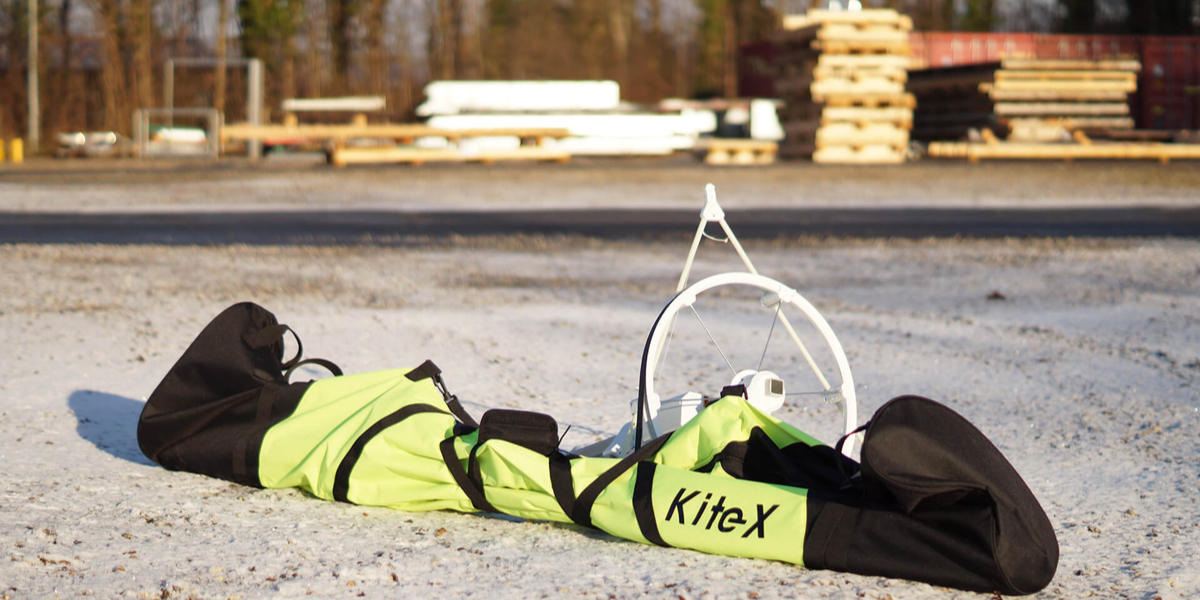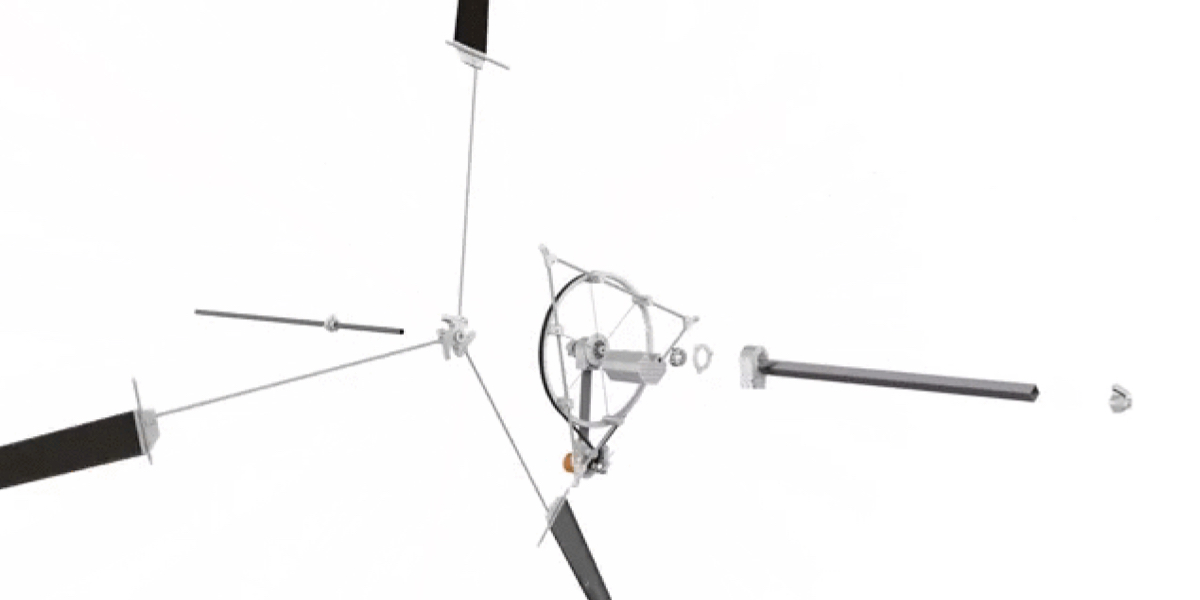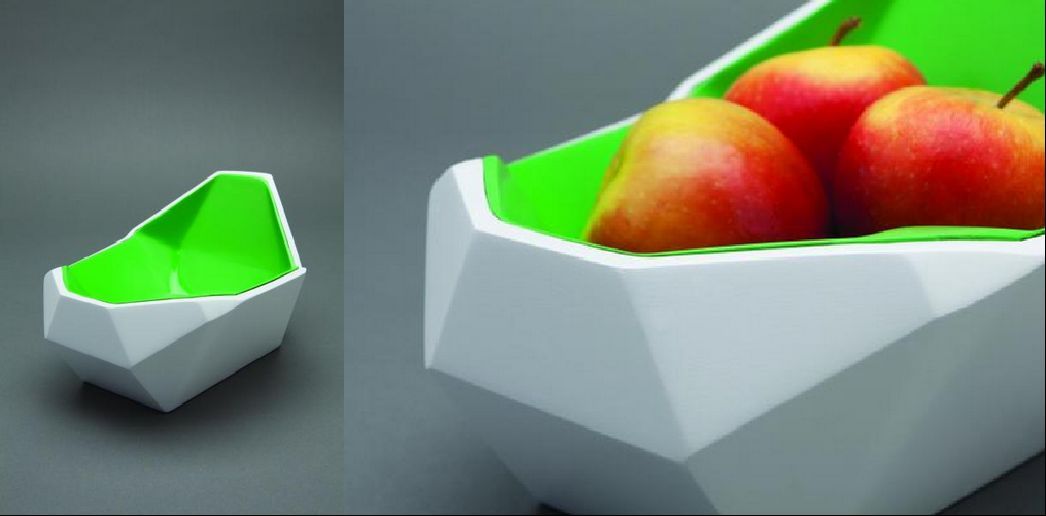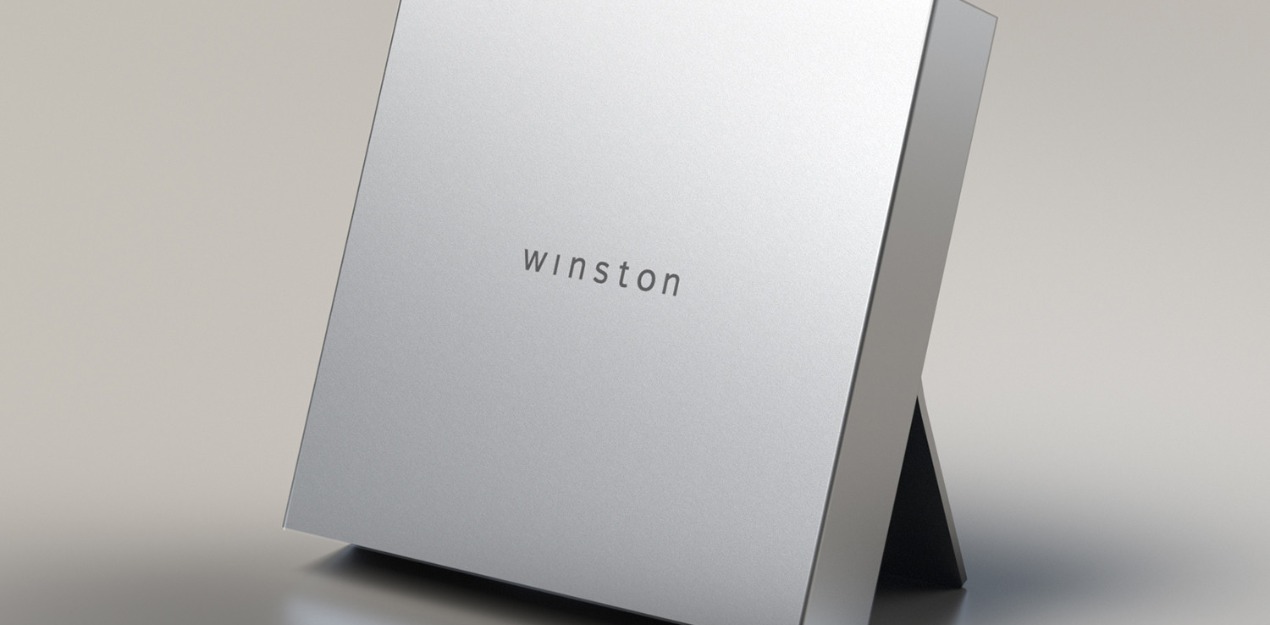AWARD YEAR
2023
CATEGORY
Home
GOALS
Affordable & Clean Energy
KEYWORDS
wind energy, wind turbine, renewable energy , Engineering , portable energy
COUNTRY
Denmark
DESIGNED BY
KiteX
WEBSITE
https://kitex.tech
Wind Catcher
KiteX draws from looping kites to create a portable wind turbine in Denmark.
How does it work?
Wind Catcher by KiteX is a revolutionary portable wind turbine that is intended to serve as a substitute for fuel-consuming generators. It draws inspiration from looping kites in the design of its overhung rotors. Through its design, KiteX sought to devise a lighter, more mobile alternative to conventional wind turbines, which they viewed as bulky and difficult to install. Wind Catcher's projected user base tends towards campers, RV users, and those in need of emergency backup power. It represents an exciting, dynamic future for humanity's endeavour to harness the power of the wind. Through its inventive design, KiteX has surely heralded a new age in portable clean energy generation systems for individual use.
Why is it needed?
With regards to the turbine's adaptability and endurance, Andreas notes, "Wind Catcher is durable. It will survive mean wind speeds up to 20m/s [45 mph] - and gusts even higher”. He continues, "Having the forces anchored through the structure and into the ground means the structure is lightweight and strong at the same time. There's no need for foundation, heavy steel towers, and metal brackets” - all necessary features in the installation of conventional wind turbines.
KiteX has developed two separate versions for use in contexts with either lower or higher ranges of wind speeds. The 200W version dubbed 'Wind Catcher Lite' is perfect for powering appliances such as a small fridge, a laptop, a router, or a few lights in climates with lower wind speeds. On the other hand, the 600W model generates sufficient energy to power personal electric equipment, boil water, or charge e-bikes and power tools.
How does it improve life?
The company has created a map on its website using information from Global Wind Atlas and the turbine's performance data to allow users to determine how much energy they will be able to produce at various locations. A subsidiary feature on the map displays the forecasted energy production when deployed in conjunction with four solar panels.
Wind Catcher can be installed on a sloping terrain with a gradient of up to 12 degrees and functions at wind speeds as low as 9-18 mph to generate usable energy. Its ability to function in parallel with solar panels allows users to generate energy throughout the day. Moreover, the turbine's compatibility with most plug-and-play systems and power stations can come in useful during conditions unfavourable to solar power production, such as cloudy days or at night.

